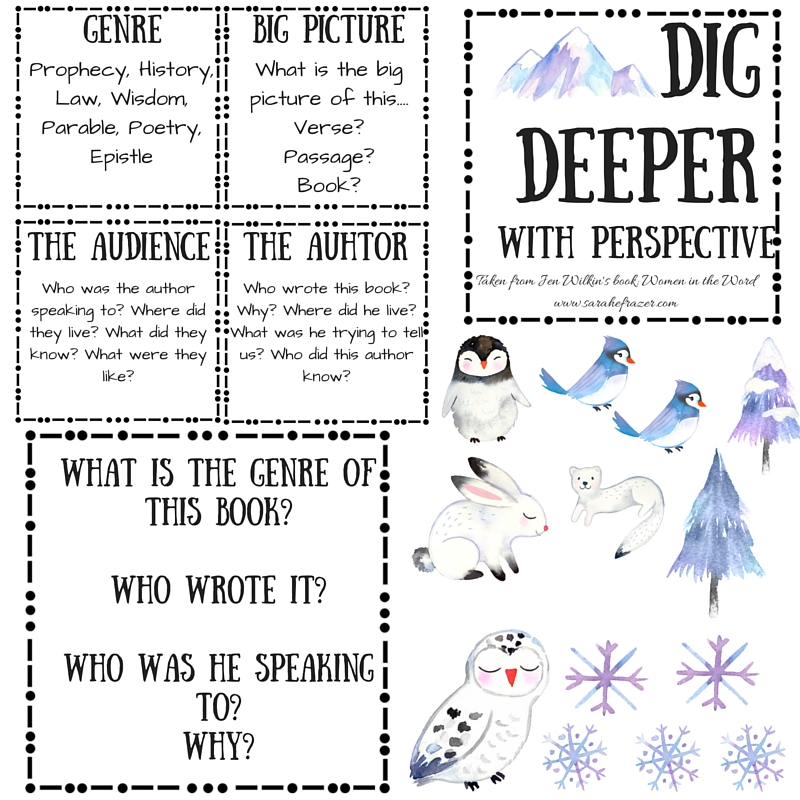
The Institute's Professor of Medieval Archaeology, Andrew Reynolds, was also asked for his views in relation to the polarisation of wealth during this period and the transition to different burial traditions following the rise of Christianity. Sue Brunning was interviewed earlier in the year by National Geographic about why the Sutton Hoo ship burial was likely the last of its kind. She also has a background in photography, film and arts organisation, and is hoping to further develop her interests in the filmic aspects of archaeology. Mercedes Baptiste Halliday is a second year Archaeology and Anthropology student at UCL, with a particular interest in African, South American and Caribbean Archaeologies.He has been Fieldwork Tutor since 2009, running the IoAs summer field courses and research excavation programme. Mark first directed excavations at Boxgrove, the site of Britain's oldest human remains, in 1982 and directed the Boxgrove Project until 2004. Both Meier and Wichmann’s lives are explored in Dig Deeper: The Disappearance of Birgit Meier, a four-part docuseries that.
#Dig deeper netflix serial#
But her disappearance was later linked to a suspected serial killer named Kurt-Werner Wichmann.


#Dig deeper netflix archive#
The panel will also reflect on the remarkable response to the film by viewers, the balance between historical accuracy and dramatization, how archaeology is represented in the popular media and on TV, and how the team accessed British Museum archive material to recreate the burial. The panel discussion, organised by the UCL Faculty of Social and Historical Sciences (SHS), and chaired by the SHS Dean, Sasha Roseneil, will review the real events of Sutton Hoo that inspired the BAFTA nominated film. UCL Institute of Archaeology staff, students and alumni will participate in a special event on 13 May exploring the real events of Sutton Hoo that inspired the BAFTA nominated film, 'The Dig'.


 0 kommentar(er)
0 kommentar(er)
